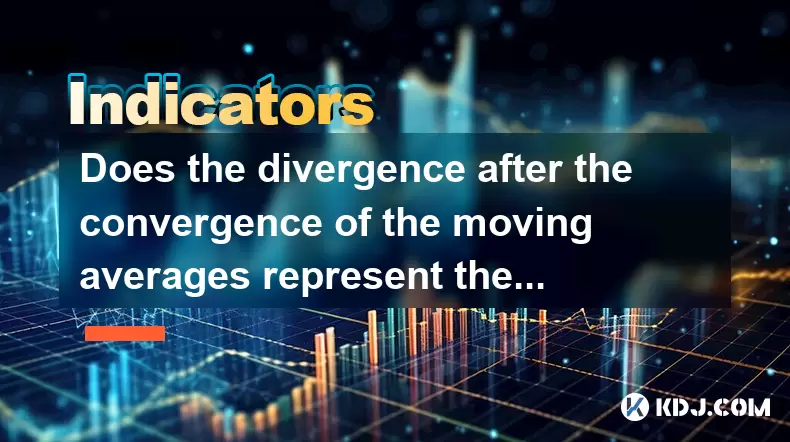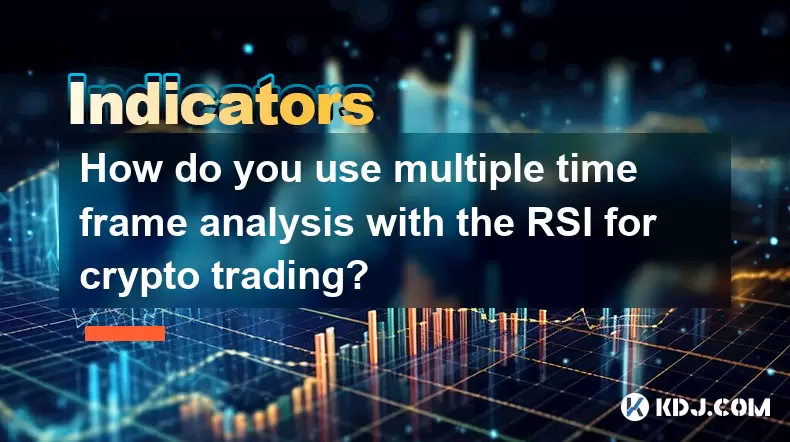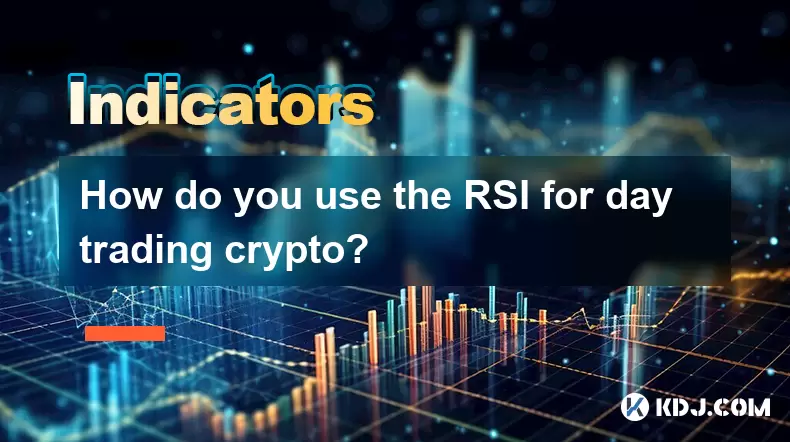-
 Bitcoin
Bitcoin $118400
0.47% -
 Ethereum
Ethereum $3836
2.20% -
 XRP
XRP $3.157
2.98% -
 Tether USDt
Tether USDt $0.9999
-0.03% -
 BNB
BNB $801.5
1.31% -
 Solana
Solana $180.9
2.07% -
 USDC
USDC $0.9999
-0.02% -
 Dogecoin
Dogecoin $0.2225
2.50% -
 TRON
TRON $0.3285
-1.02% -
 Cardano
Cardano $0.7789
2.60% -
 Hyperliquid
Hyperliquid $43.60
2.39% -
 Sui
Sui $3.892
4.41% -
 Stellar
Stellar $0.4229
3.34% -
 Chainlink
Chainlink $18.01
3.98% -
 Hedera
Hedera $0.2745
6.77% -
 Bitcoin Cash
Bitcoin Cash $582.3
3.38% -
 Avalanche
Avalanche $23.77
1.04% -
 Ethena USDe
Ethena USDe $1.001
0.01% -
 Toncoin
Toncoin $3.493
3.59% -
 Litecoin
Litecoin $110.0
2.48% -
 UNUS SED LEO
UNUS SED LEO $8.936
-0.37% -
 Shiba Inu
Shiba Inu $0.00001304
2.49% -
 Uniswap
Uniswap $9.999
1.09% -
 Polkadot
Polkadot $3.897
3.26% -
 Monero
Monero $308.6
-0.83% -
 Dai
Dai $0.9999
-0.01% -
 Bitget Token
Bitget Token $4.504
-0.04% -
 Pepe
Pepe $0.00001154
2.95% -
 Cronos
Cronos $0.1471
3.06% -
 Ethena
Ethena $0.6691
19.53%
Does the divergence after the convergence of the moving averages represent the start of a trend?
Moving average convergence and divergence help traders identify potential trend reversals in crypto markets by signaling shifts in momentum.
Jun 21, 2025 at 02:07 pm

Understanding Moving Averages and Their Role in Trend Analysis
In the realm of technical analysis, moving averages (MAs) are among the most widely used tools by traders to identify potential trends in cryptocurrency markets. These indicators smooth out price data over a specified time period, helping to filter out noise and provide clearer signals. The convergence and divergence of moving averages often serve as critical junctures for decision-making.
Moving averages come in various types, including Simple Moving Average (SMA), Exponential Moving Average (EMA), and Weighted Moving Average (WMA). Each type reacts differently to price changes, which affects how quickly they converge or diverge.
What Does Convergence Mean?
Convergence occurs when two or more moving averages move closer to each other. This typically happens during periods of low volatility or when the market is consolidating. In crypto trading, such phases are common after sharp price movements, especially following pump-and-dump cycles or major news events.
- During convergence, shorter-term MAs like the 9-day EMA approach longer-term ones like the 50-day SMA.
- This closeness suggests that momentum is waning and that the current trend may be losing strength.
- Traders often view this phase as a potential precursor to a new trend direction.
Divergence After Convergence: What It Indicates
Once moving averages converge, their subsequent divergence can signal a shift in momentum. Divergence refers to the widening gap between two or more moving averages after they have converged. In many cases, this is interpreted as a sign that a new trend might be emerging.
- Bullish divergence occurs when a short-term MA crosses above a long-term MA after a period of convergence, potentially signaling an uptrend.
- Conversely, bearish divergence takes place when the short-term MA drops below the long-term one, hinting at a possible downtrend.
- However, it’s crucial to confirm these signals with volume indicators or other forms of technical analysis to avoid false positives.
How to Interpret MA Crossovers in Crypto Markets
One of the most popular strategies involving moving averages is the crossover method. Traders watch for specific crossovers to decide entry and exit points.
- When the shorter MA crosses above the longer MA, it generates a buy signal — often called a "golden cross."
- If the shorter MA crosses below the longer MA, it triggers a sell signal — known as a "death cross."
- These crossovers gain significance when they follow a period of convergence, as they suggest renewed momentum in the direction of the crossover.
However, due to the high volatility of cryptocurrencies, these signals can sometimes produce whipsaws — false signals that lead to losses if not managed properly.
Combining Other Indicators with Moving Averages
To increase the accuracy of signals generated by moving average convergence and divergence, traders often combine them with other tools.
- Relative Strength Index (RSI): Helps determine whether the asset is overbought or oversold, adding context to the MA signals.
- MACD (Moving Average Convergence Divergence): While it shares a similar name, MACD is a separate indicator that uses EMAs to detect changes in momentum.
- Volume indicators: A surge in volume accompanying a MA divergence adds credibility to the trend change hypothesis.
By layering these additional filters, traders can better assess whether a divergence after convergence truly marks the beginning of a new trend or merely a temporary shift.
Practical Steps to Identify Trends Using MA Divergence
If you're looking to apply this concept practically in your crypto trading strategy, here's a step-by-step guide:
- Select two moving averages on your chart — for example, the 9-day and 50-day EMAs.
- Observe when these lines begin to converge, indicating a consolidation phase.
- Monitor the point where they start to diverge again — note the direction of the divergence.
- Check for supporting signals from RSI or MACD to confirm the strength of the potential trend.
- Wait for candlestick patterns or breakout signals from key support/resistance levels to time your entry.
It's essential to use stop-loss orders and position sizing to manage risk, especially in highly volatile assets like cryptocurrencies.
Frequently Asked Questions
Q: Can I rely solely on moving average divergence to predict trends?
A: While moving average divergence can offer valuable insights, relying solely on it may result in missed opportunities or false signals. Combining it with other technical indicators and chart patterns enhances its reliability.
Q: How long should I wait after divergence before entering a trade?
A: There is no fixed waiting period. Some traders enter immediately upon confirmation of divergence, while others prefer to wait for a candlestick close beyond a key level. Your approach depends on your trading style and risk tolerance.
Q: Do all cryptocurrencies respond similarly to MA divergence?
A: No, different cryptocurrencies exhibit varying degrees of volatility and liquidity. For instance, Bitcoin may show clearer MA signals compared to smaller altcoins, which can be more erratic and prone to manipulation.
Q: Should I use the same moving average lengths across all timeframes?
A: It's generally advisable to adjust moving average lengths based on the timeframe you’re analyzing. Shorter timeframes benefit from faster-reacting MAs (e.g., 9 and 21), while longer timeframes may use slower MAs (e.g., 50 and 200) for more stable signals.
Disclaimer:info@kdj.com
The information provided is not trading advice. kdj.com does not assume any responsibility for any investments made based on the information provided in this article. Cryptocurrencies are highly volatile and it is highly recommended that you invest with caution after thorough research!
If you believe that the content used on this website infringes your copyright, please contact us immediately (info@kdj.com) and we will delete it promptly.
- SEC, Crypto, and Securities: Navigating the New Frontier
- 2025-08-01 05:10:12
- Cardano (ADA) Market Cap: Can It Compete with Emerging Cryptocurrencies and Meme Coins?
- 2025-08-01 04:30:12
- SEC, Crypto, and On-Chain: Navigating the Regulatory Maze
- 2025-08-01 02:31:40
- Jito Labs, Solana, and Liquid Staking: Riding the Wave of Innovation
- 2025-08-01 03:50:12
- Perpetual DEX: Navigating Onchain Trading and Solving Core Problems, a NY Perspective
- 2025-08-01 03:57:53
- Bitcoin Bullish Market: How Long Positions are Boosting the Crypto King
- 2025-08-01 02:35:33
Related knowledge

How do you use multiple time frame analysis with the RSI for crypto trading?
Aug 01,2025 at 05:19am
Understanding the Role of RSI in Crypto TradingThe Relative Strength Index (RSI) is a momentum oscillator that measures the speed and change of price ...

How can you use the RSI to determine exit points in crypto trades?
Aug 01,2025 at 04:29am
Understanding the Role of RSI in Crypto TradingThe Relative Strength Index (RSI) is a momentum oscillator widely used in the cryptocurrency market to ...

How do you use the RSI for day trading crypto?
Aug 01,2025 at 05:26am
Understanding the RSI in Cryptocurrency TradingThe Relative Strength Index (RSI) is a momentum oscillator that measures the speed and change of price ...

What does it signify when the MACD crosses below the zero line?
Aug 01,2025 at 01:43am
Understanding the MACD IndicatorThe Moving Average Convergence Divergence (MACD) is one of the most widely used technical analysis tools in the crypto...

How does the MACD histogram show momentum?
Aug 01,2025 at 01:16am
Understanding the MACD Histogram and Its Role in Cryptocurrency TradingThe MACD histogram is a visual representation of the difference between the MAC...

What is a MACD crossover?
Jul 31,2025 at 11:52pm
Understanding the Role of Private Keys in Cryptocurrency SecurityIn the world of cryptocurrency, private keys are the cornerstone of ownership and con...

How do you use multiple time frame analysis with the RSI for crypto trading?
Aug 01,2025 at 05:19am
Understanding the Role of RSI in Crypto TradingThe Relative Strength Index (RSI) is a momentum oscillator that measures the speed and change of price ...

How can you use the RSI to determine exit points in crypto trades?
Aug 01,2025 at 04:29am
Understanding the Role of RSI in Crypto TradingThe Relative Strength Index (RSI) is a momentum oscillator widely used in the cryptocurrency market to ...

How do you use the RSI for day trading crypto?
Aug 01,2025 at 05:26am
Understanding the RSI in Cryptocurrency TradingThe Relative Strength Index (RSI) is a momentum oscillator that measures the speed and change of price ...

What does it signify when the MACD crosses below the zero line?
Aug 01,2025 at 01:43am
Understanding the MACD IndicatorThe Moving Average Convergence Divergence (MACD) is one of the most widely used technical analysis tools in the crypto...

How does the MACD histogram show momentum?
Aug 01,2025 at 01:16am
Understanding the MACD Histogram and Its Role in Cryptocurrency TradingThe MACD histogram is a visual representation of the difference between the MAC...

What is a MACD crossover?
Jul 31,2025 at 11:52pm
Understanding the Role of Private Keys in Cryptocurrency SecurityIn the world of cryptocurrency, private keys are the cornerstone of ownership and con...
See all articles

























































































